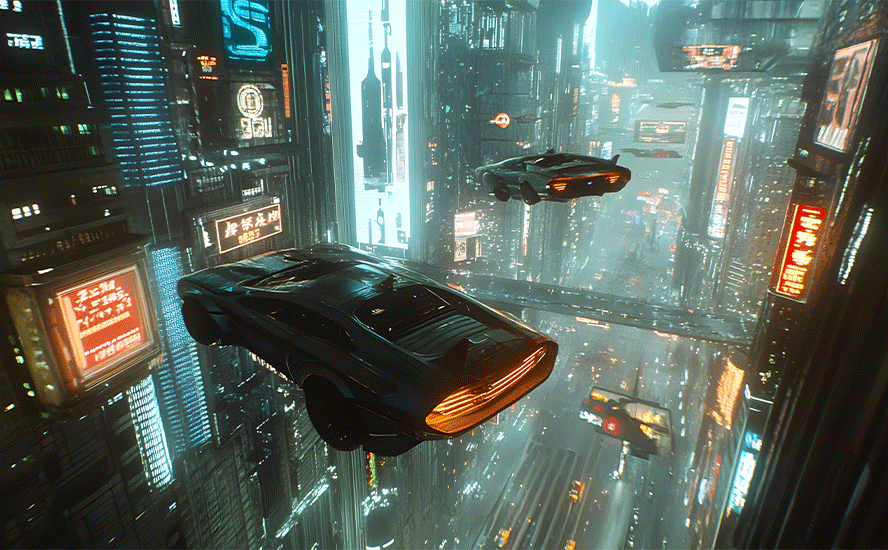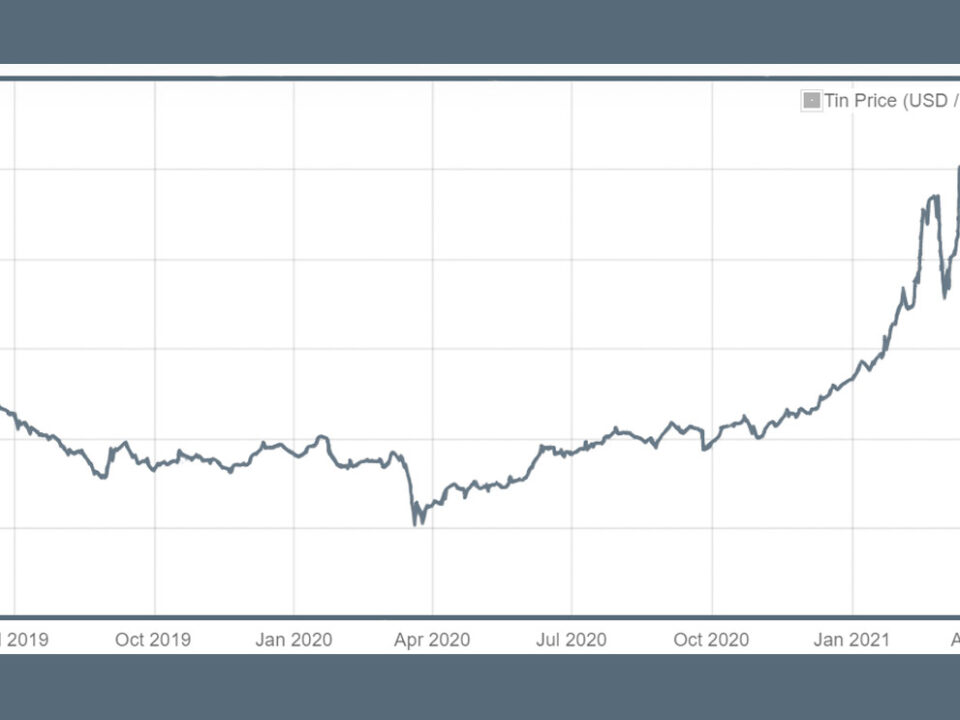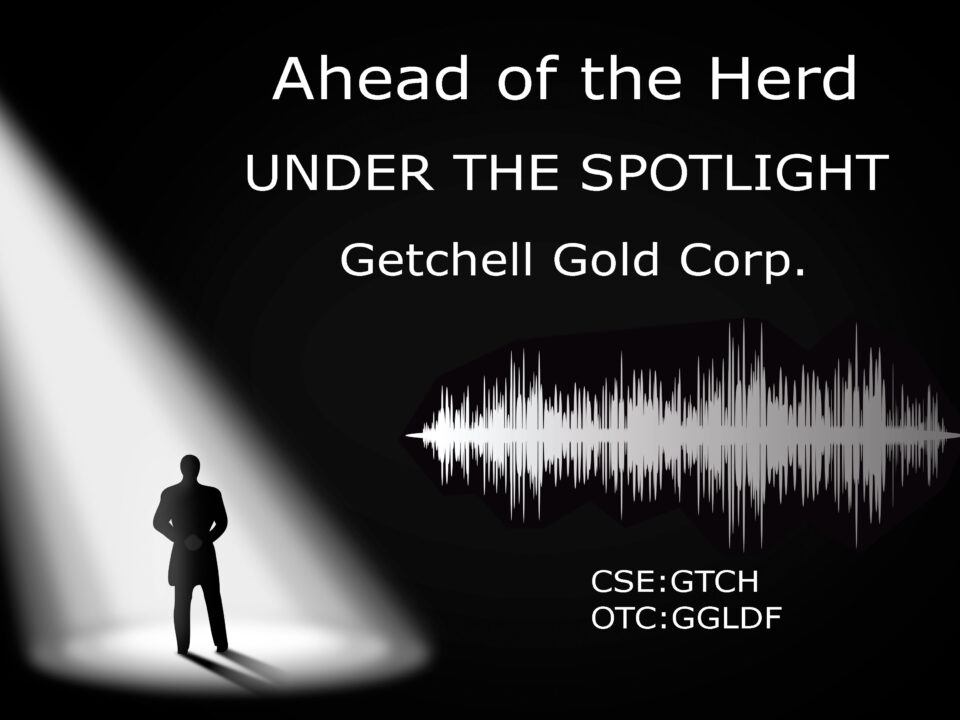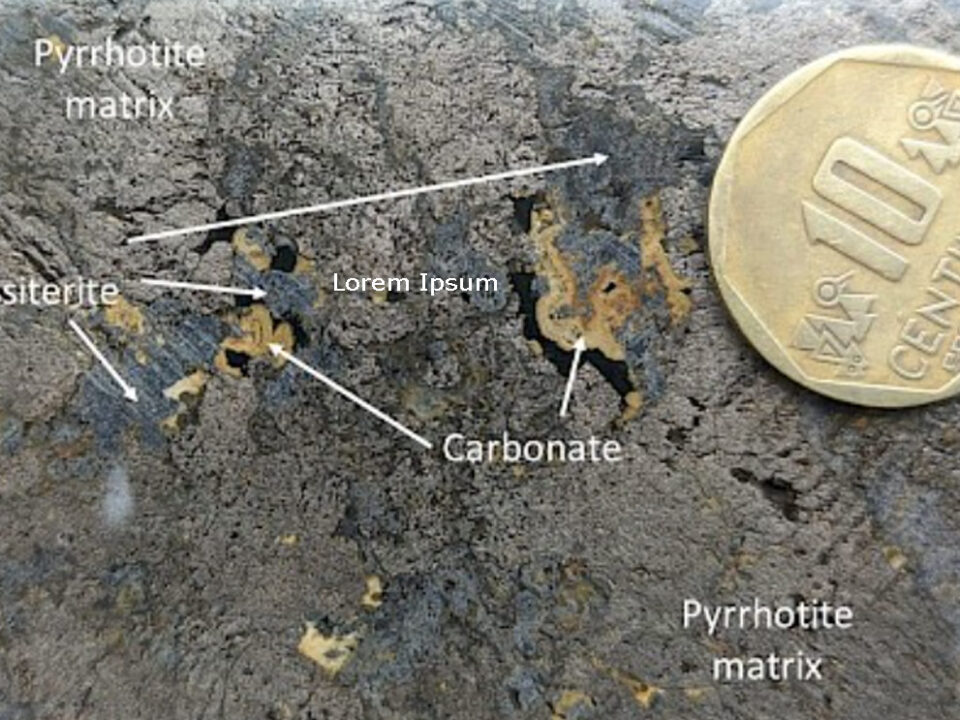The dominant model of the universe is creaking
From The Economist
In arizona, at Kitt Peak National Observatory, a telescope has spent three years building a three-dimensional map of the heavens. In examining the light from tens of millions of galaxies, the Dark Energy Spectroscopic Instrument (desi) may have found something astounding.
desi, as its name suggests, is a tool to investigate the nature of dark energy, a mysterious entity that accounts for 68% of everything in the universe and which pushes space apart in a repulsive version of gravity. Though they do not know what it is, scientists have hitherto assumed that the density of dark energy has been the same since the start of the universe, 13.7bn years ago. But desi’s initial results suggest that this assumption may have been wrong. Perhaps, say desi’s scientists, the density has been changing over time. “It’s so bizarre,” says Dragan Huterer from the University of Michigan, who was involved with the work. If the findings prove true, it would catapult cosmology into a crisis.
Legal Notice / Disclaimer
Ahead of the Herd newsletter, aheadoftheherd.com, hereafter known as AOTH.Please read the entire Disclaimer carefully before you use this website or read the newsletter. If you do not agree to all the AOTH/Richard Mills Disclaimer, do not access/read this website/newsletter/article, or any of its pages. By reading/using this AOTH/Richard Mills website/newsletter/article, and whether you actually read this Disclaimer, you are deemed to have accepted it.



























